Homemade savoiardi, also known as ladyfingers, are completely different from the store-bought version. The authentic recipe calls for only fresh eggs, sugar, and sifted flour—no baking powder or additives. The volume comes entirely from the whipped eggs, which make the biscuits light, airy, and spongy. Prepared this way, savoiardi turn out incredibly soft yet porous, able to soak up coffee, syrups, or liqueurs without falling apart. A traditional trick is to sprinkle them with sugar before baking: this creates the thin, slightly crisp crust that makes them unique.
Sardinian Savoiardi: The Traditional Recipe from Fonni
The Sardinian savoiardi, also called “pistoccus” or “savoiardi di Fonni,” are a specialty from the Barbagia region in Sardinia, Italy. Unlike the classic Piedmontese version, these biscuits are taller, softer, and extra spongy. They are prepared with a larger proportion of whipped eggs and more sugar, which gives them a lighter color and a fragrant aroma. The traditional recipe often includes grated lemon zest for added freshness. In Sardinia, they are typically enjoyed at breakfast, dipped into milk, or served during festivals and family celebrations as a treat for guests. In Fonni, a mountain village in the province of Nuoro (Sardinia, Italy), these biscuits have become a true local symbol and are still made by hand according to artisanal methods passed down through generations.

Equipment
- Stand Mixer
- Baking Sheet
- Pastry Bag
Ingredients
- 150 gr Egg Yolks
- 70 gr Granulated Sugar (Quantity 1)
- 250 gr Egg Whites
- 50 gr Granulated Sugar (Quantity 2)
- 90 gr Baking Flour
- 90 gr Potato Starch
- 1 pod Vanilla Bourbon (or the grated zest of 1 lemon)
- 3 gr Salt
Instructions
- Whip the egg yolks with the first portion of sugar (1), together with the salt and vanilla, until the mixture is pale, thick, and airy. Take at least ten minutes for this step to incorporate as much air as possible.
- Beat the egg whites in a separate bowl with the second portion of sugar (2), adding it in two stages: the first part when the whites are just foamy, and the second right before they reach stiff peaks. You will get a glossy, stable meringue that will give structure to the batter.
- Lighten the yolk mixture by folding in one third of the whipped egg whites with gentle movements from the bottom up. Then add one third of the dry ingredients (flour and cornstarch sifted twice) and continue alternating between egg whites and flour, finishing with the egg whites.
- Continue alternating between the dry ingredients and the whipped egg whites, finishing with the egg whites.
- Transfer the batter into a piping bag fitted with a plain round tip and pipe the ladyfingers onto a baking sheet lined with parchment paper. For the classic size, keep them about 4 inches long and ¾ inch wide. You can make them larger if you plan to use them in a tiramisu pan, or smaller (about 2½ inches) for individual servings and dessert cups.
- Before baking, sprinkle the ladyfingers with granulated sugar, let them rest for two minutes, and then dust them with powdered sugar. In the oven, this will create the thin, slightly crackled crust that is the hallmark of homemade ladyfingers.
- Bake in a conventional oven at 375°F (190°C) for 5 minutes, then lower the temperature to 340°F (170°C) and continue baking for another 6–7 minutes. During the last 2 minutes, open the oven door slightly to let the steam escape. You will get ladyfingers that are dry, light, and spongy inside—perfect for Tiramisu or to enjoy on their own.
Notes
Nutrition
Baker’s Tips
Making perfect ladyfingers requires just a few simple moves, but each one must be done with precision. Here are the most useful tips for success:
- Whip thoroughly
Spend at least 10 minutes whipping the yolks with sugar. The more air you incorporate, the better your ladyfingers will rise in the oven. - Always sift
Sift the flour (and cornstarch, if used) twice. This prevents lumps and keeps the batter light and airy. - Fold gently
When adding the whipped egg whites, use a spatula and fold from the bottom up. Avoid stirring in circles, or you’ll deflate the mixture. - Leave space between the biscuits
Pipe the ladyfingers well apart on the baking sheet. They expand in the oven and can stick together if placed too close. - Preheat the oven properly
Bake only when the oven has reached the right temperature. Stable heat is essential to keep the shape and texture of the ladyfingers.
How to Store Ladyfingers
When prepared properly, ladyfingers keep well over time. Follow these tips to maintain their freshness and crispness:
- Room temperature storage
Let them cool completely, then place them in a tin box or an airtight container. Stored this way, they stay crisp for up to 2 weeks. - Freezing
You can freeze them once baked and cooled by wrapping them in small portions with plastic wrap and sealing them in a freezer bag. Before using, let them thaw at room temperature for 15–20 minutes. - Immediate use
If you are making a dessert such as Tiramisu, it’s best to use the ladyfingers within 24 hours. During this time they maintain the perfect texture to soak up coffee or syrup without breaking apart.
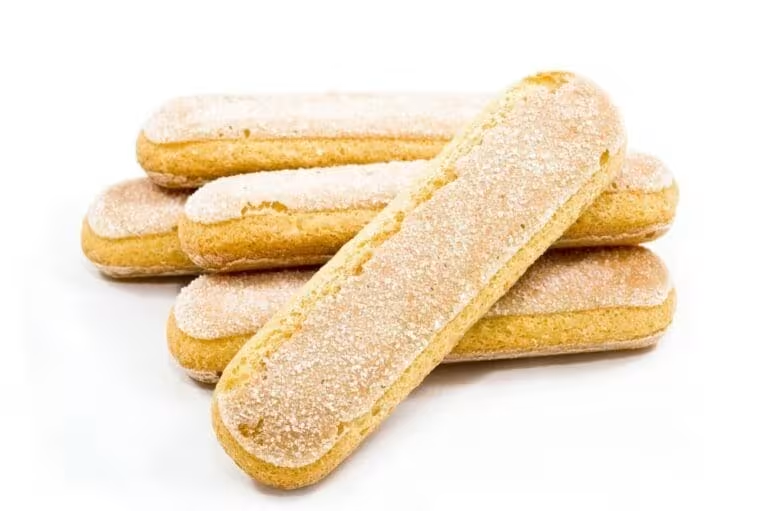
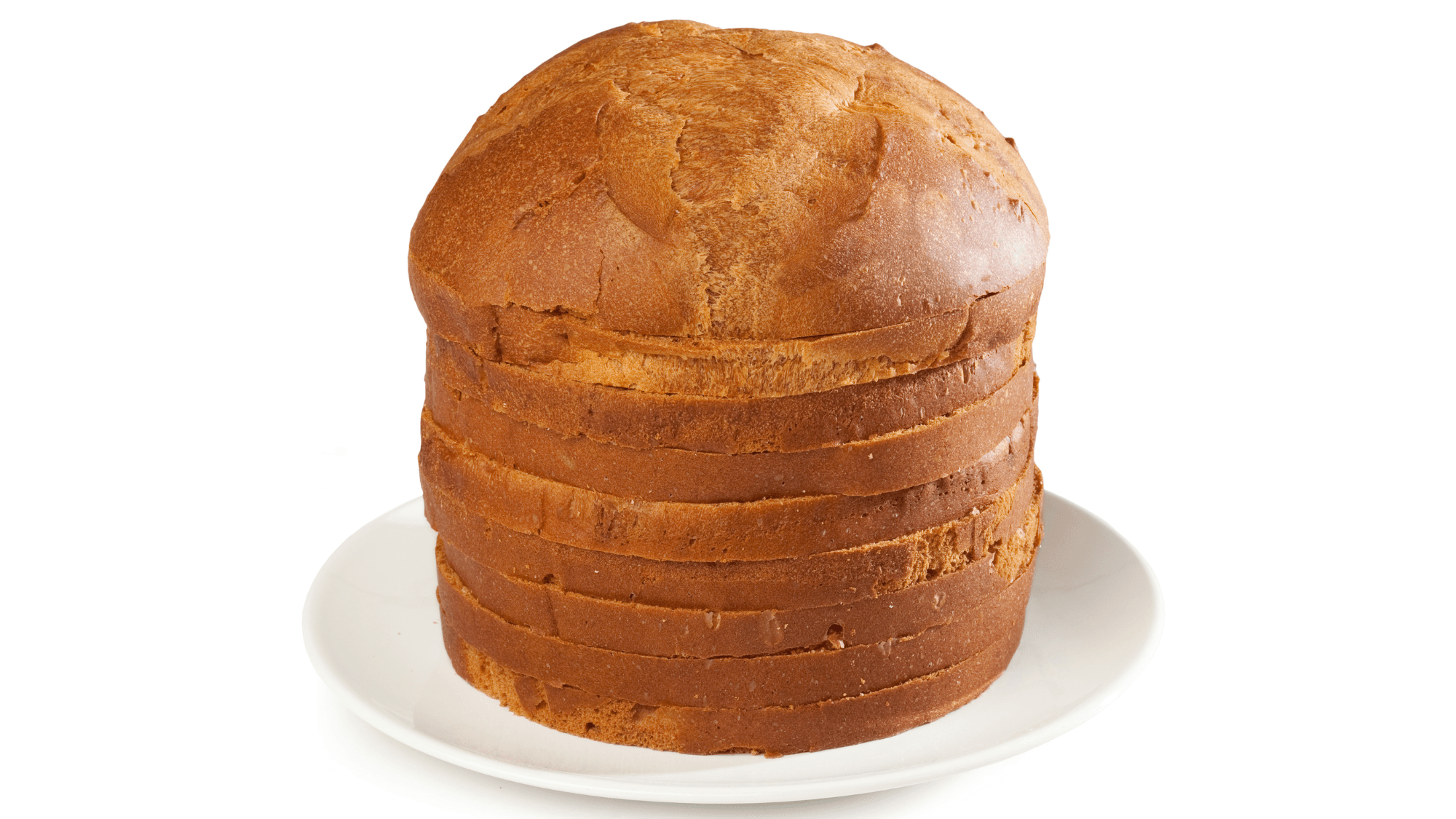








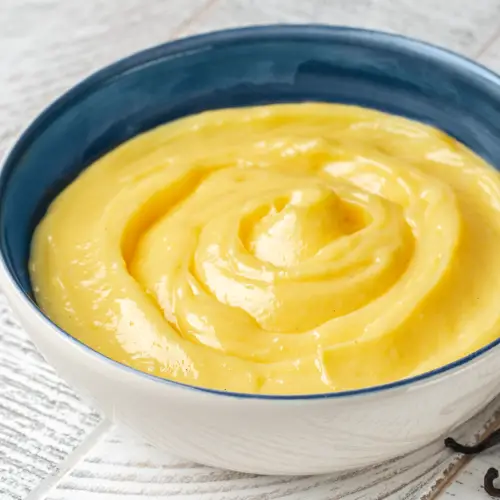


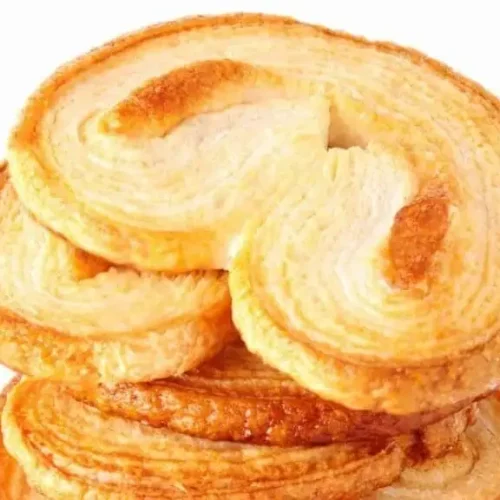


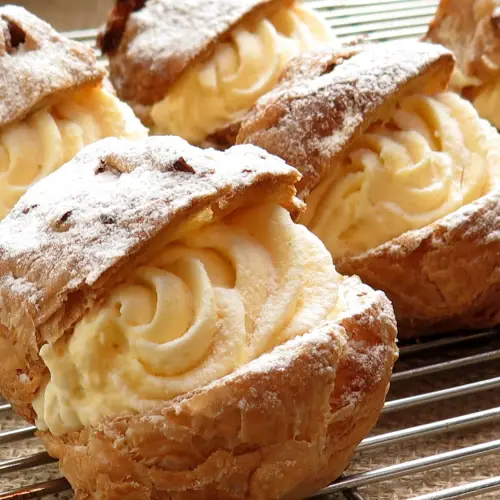
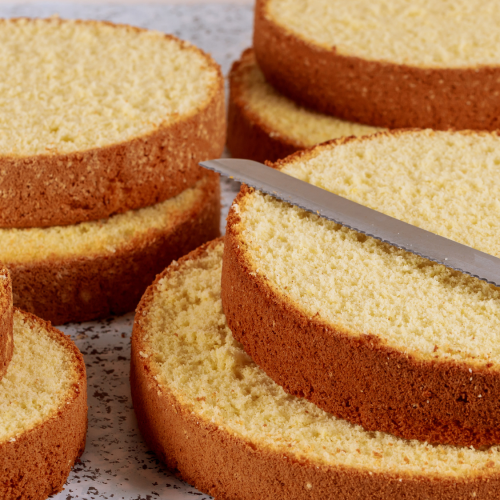

1 comments available
Ottime le vistre ricette. Oggi faro’ i saviiardi . Grazie